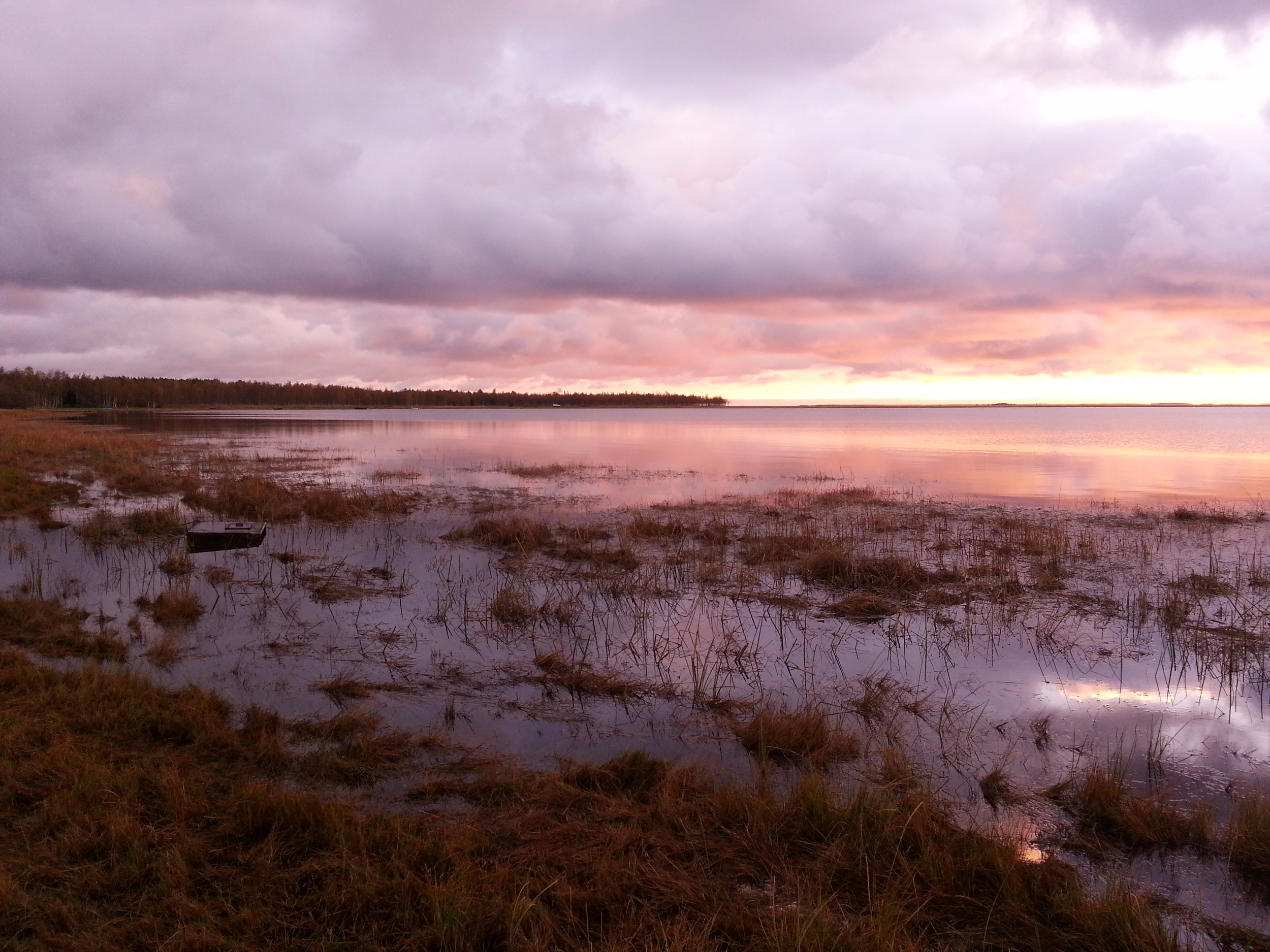We all know that land plants depend heavily on animals to distribute their seeds but what about plants in the ocean? While we don’t think about them much, ocean plants do flower and many of them produce fruits. But are there animals in the ocean that are eating the seeds of these fruits and dispersing them? Details on this have remained murky for years but now new work led by Samantha Tol at James Cook University in Australia published in Biotropica last month is revealing that large marine herbivores play a pivotal part in helping to distribute and germinate the seeds of seagrasses.
Seagrasses are incredibly important for providing fish that we depend upon places to live and for helping to control erosion by using their roots to bind sediment together that would otherwise just float away. And, like all plants, they have also long faced a problem. To pass along their genes to a new generation they must reproduce but, given that they don’t move once they have rooted down, a parent plant dropping seeds adjacent to itself immediately threatens its own offspring with competition for sunlight, water and soil nutrients. Some plants get around this problem by having seeds that drift off on the wind (like dandelions) or float away on water (like coconuts). Many others convince animals to do the job for them. While wind and water can send seeds a long way, animals are generally a better bet for long distance dispersal. This is the reason why so many plants have seeds that readily snag on fur or are encased in sugary fruits that entice animals to swallow them.
Seeds that are swallowed on land almost always depend upon the digestive tract of the animal to chemical induce the seed to begin the germination process. Dr Tol knew that seagrasses, of which there are 72 species in the world, produce fruits containing seeds that are often ingested by large herbivores like sea turtles and dugongs. She also knew that these animals would sometimes end up over a hundred kilometres away before excreting them. This led her to wonder if travel through turtle and dugong digestive tracts was important for seagrass seed germination. Curious, she decided to run an experiment with a team of colleagues.
The researchers went boating in Gladstone Harbour and Cleveland Bay in north-eastern Queensland where seagrasses, dugongs and sea turtles are common (along with man-eating salt water crocodiles). While carefully avoiding the crocodiles, they collected dugong and sea turtles faeces that had floated to the surface (their poo is buoyant). They then brought these samples back to the lab chilled where they were mined for tiny seagrass seeds. The team also collected seeds directly from the seagrass meadows at Gladstone Harbour.
Both seeds collected from faeces and seeds collected from the seagrasses were placed into mesocosms that replicated the marine meadow environment. To also explore the role that temperature might have on seagrass germination and explore the possibility of global warming harming seagrasses in the future, some of these mesocosms were set at 19 degrees Celsius, some were set at 26 degrees and some were set at the very warm temperature of 32 degrees that climate models suggest the region may commonly experience in the future.
After 60 days of monitoring the team saw that seagrass seeds benefitted greatly from travel through the guts of large herbivores. More specifically, 73% of the seeds collected from faeces that were placed in the cool mesocosm germinated, 87% germinated in the medium temperature tank and 83% germinated in the very warm tank. By comparison, these figures were only 29%, 20% and 36% respectively for the seeds that had not been consumed by turtles and dugongs. Germination time was also substantially sped up when it had gone through the digestive tracts.
The findings reveal that dugongs and sea turtles are vital partners for seagrass ecosystems. That alone should encourage conservation efforts to be increased for these threatened species but there is a financial reason to look after them too. Seagrass communities provide a number of ecosystem services including food production from healthy fisheries, nutrient recycling and sediment control by enhancing seagrass spread that binds sediments together. Indeed, it is estimated that losing seagrasses equates to a cost of more than US $28,000 per hectare per year. For this reason alone it would be a very expensive mistake for us to allow dugongs and sea turtles to go extinct. All the more reason for them to be given better protection.















